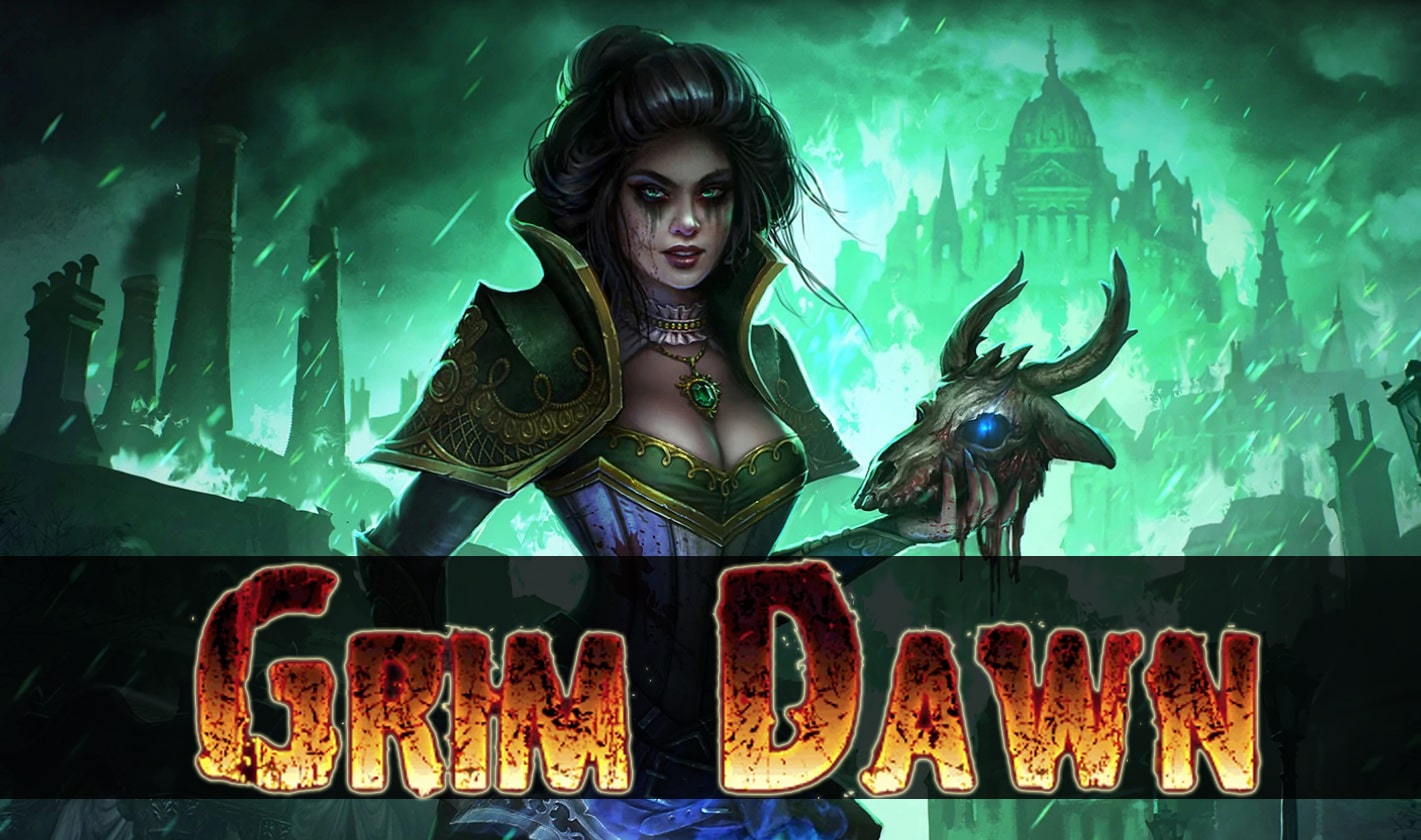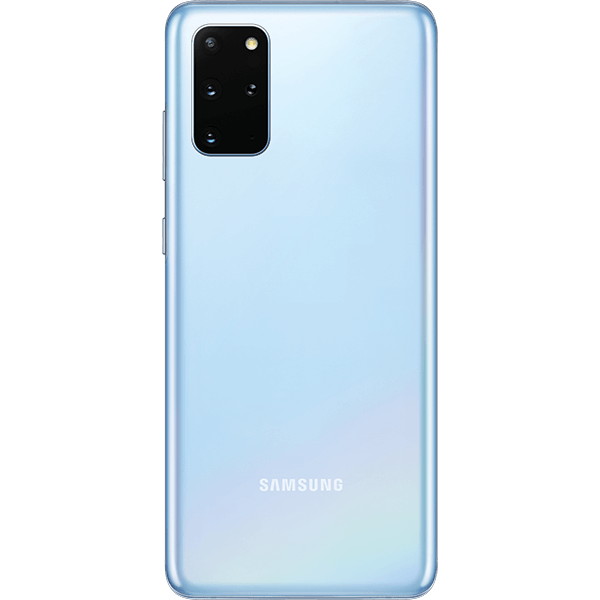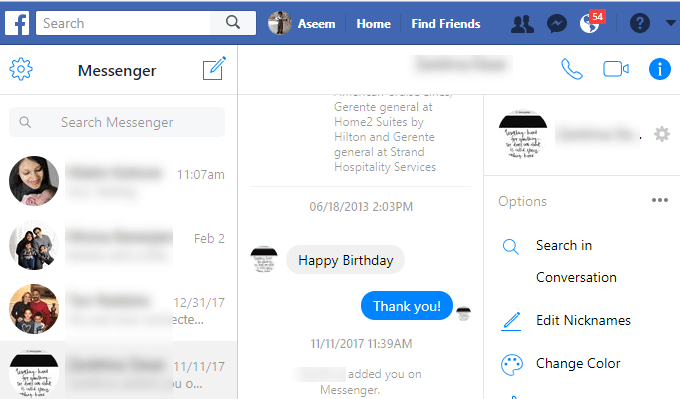GIMP (GNU Image Manipulation Program) is a free open-source design software (i.e. users are allowed to download and use for free) for photo or image editing, logo design, image authoring, etc. It is a graphic design program such as the likes of Adobe Photoshop, Paint.net, Canva, Microsoft Paint, etc., it can also be used for any design or image editing jobs. One of those design jobs that you can use GIMP for is to design a template for a banner. But, how to design a GIMP banner template?

Banners are graphics design product that is used majorly for advertisement and publicity purposes. They majorly contain texts and images that can be created in different sizes and shapes. Banners are designed to be used online or for physical use when printed.
The different banner sizes (in pixels) that are available online are full banner (468 x 60), Leaderboard (728 x 90), Skyscraper (160 x 600), Half banner (234 x 60), Rectangle (180 x 150), Square button (125 x 125), Button (120 x 60), etc.
With the aid of GIMP, you can create any of these banner templates for use on your social media page, websites, YouTube channel, etc. We will be considering how a banner template can be made on GIMP subsequently.
To get started using GIMP to create a GIMP banner template, you will have to download the latest version of GIMP from its official website which is www.gimp.org, and install it on your PC. After that, you can follow the following steps to create a GIMP banner template.
Step 1: Launch GIMP, and on the interface, click on the File.
Step 2: A drop-down box will appear. You need to navigate and click on the New option to create a new image.
Step 3: On clicking the New option, a box would be displayed for you to input the width and height of the banner template you intend to create. The size depends on the type of banner template you want to create. After inputting in the dimensions of the banner, click on the OK button to create the canvas.
Step 4: The canvas is an empty background where all other design elements would be added as regards the banner template design. If you want to use any custom color or blend of colors to make the background, click on the Bucket tool under the Toolbox and choose any color you desire the background of the banner to be. After that, with the bucket tool, click on the canvas to fill the background color.
Step 5: If you want an image as the banner background, click on the File option again, and then click on Open as Layers to add any image you might want to use as the banner background depending on the information that would be contained in the banner.
Step 6: Resize the image if it’s too big or too small by scaling it. To scale the image, click on the Image option at the top of the GIMP windows, and select Scale Image. You would then be required to adjust the image width and height in a way that it would fit rightly on the canvas.
Step 7: Place the image by selecting the Move tool from the Toolbox, set, and adjust in a way that it fully occupies the size of the canvas (i.e. the banner size).
If you would like to adjust the transparency of the image, you can reduce its Opacity by dragging the slider towards the left with the aid of the cursor.
Step 8: To add a foreground image, you will be required to choose the image from the Open as Layers command. Re-size the image if it needs to be, and also if using the image requires you to cut it out, the lasso tool would be used for this purpose. To cut the image, select the lasso tool from the Toolbox and drag over the object or person you want to cut out carefully, ensuring that the cursor doesn’t stray beyond the image outline.
Step 9: Hold the Ctrl key and drag over the background from which the foreground image is being cut out. Finalize the selection by hitting the Enter key.
Step 10: Click on the Select button at the top menu bar of the GIMP interface, and then click on the Invert option to select the unwanted portions surrounding the foreground image. You then would be required to click the Delete key to effect the removal of the portions. The image that has been selected would then appear over the background image that has been created previously.
Step 11: Select the Text tool (a boldface “A” icon) from the Toolbox, and then click the Font icon in the Text tool options panel to select the text font that you want. Then, finally select the font size, the font color, font alignment (i.e. Align left, center, Align right or Justified). You can also choose any other format you want the text in the GIMP banner template to look like.
Note: Ensure the font you have selected fits with the color theme of the banner template.
Step 12: Drag the text box anywhere you want the text to be on the GIMP banner background. If the banner template is to consist of multiple texts, arrange the texts properly in the template, and a sample of what each particular text will stand for should be contained in the banner template.
For instance, “Your Name” this a sample text on the banner template indicating that a person’s name should be replaced with “Your Name”. Click close to exit the GIMP Text Editor and finalize the text. The Text tool helps in making the banner template unique.
Step 13: Review your work just in case you need to add anything extra if not saving it is the next thing to do. To save the GIMP banner template, click on the File option and navigate to click on Save As or save by using the Shift + Ctrl + S keyboard shortcut.
Then, select the format you want your GIMP banner template to be saved. If you made it as a template for banner designs to be used on the internet, you can save it as a .png or .jpeg file format because they are high-quality formats.
After you have done all these, your GIMP banner template is now ready to be uploaded online as a GIMP banner design guide for anyone who wants a banner for use on social media pages, web pages, or for any other purpose.
Wrapping Up
I hope the above guide was helpful for everyone out there looking for creating a GIMP banner template.
Experiencing difficulties with your Device, check out our “How To” page on how to resolve some of these issues.








